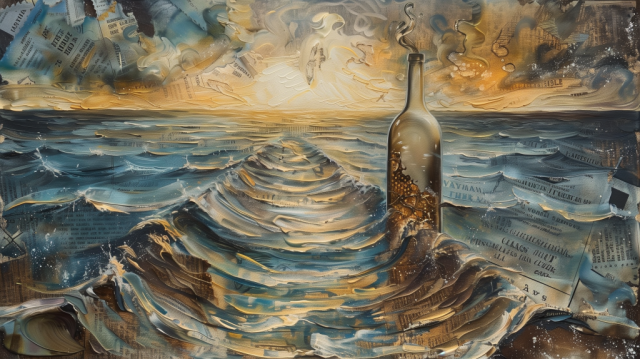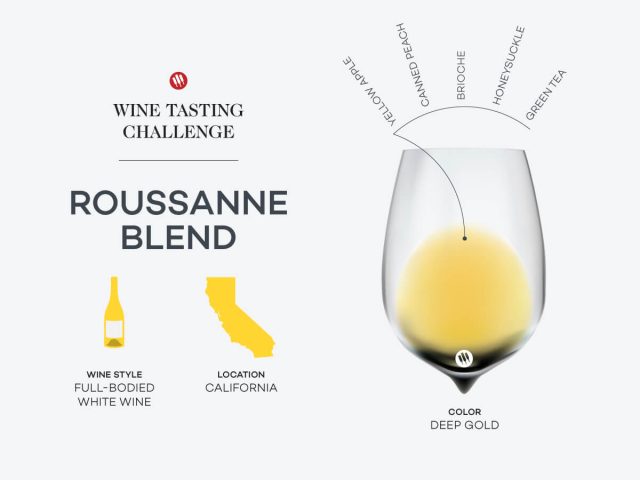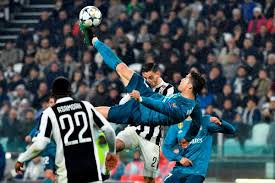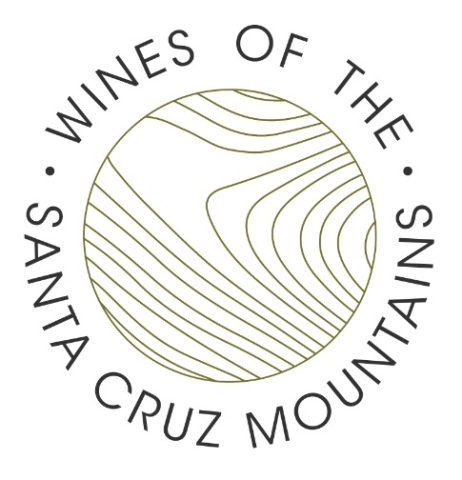Pierre Peters champagne with Rodolphe Peters
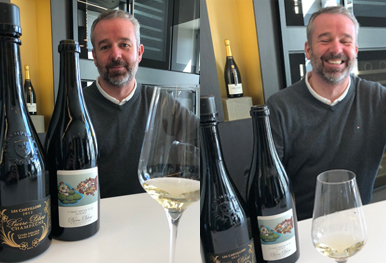
One winery I wanted to be sure to visit when I was in Champagne last month was Pierre Péters. I have always tremendously enjoyed the racy wines in the US and Rodolphe Péters not only commands a lot of respect in the wine world for his Champagnes but I had heard he had a new (sparkling) wine project in California I wanted to learn more about. Despite wanting to find it, I drove right by the winery in Le Mesnil-sur-Oger–there’s no sign and it looked like a construction site.
Rodolphe Péters, who has made the wine since taking over from his father in 2007, met me and apologized for the mess. He said the project was taking longer than expected (which renovation hasn’t?). Rodolphe is a sixth generation farmer and a fourth generation winemaker. The estate is a renowned producer of blanc de blancs Champagne from their 19.98 hectares, which contain 65 parcels on the thin topsoil and chalky subsoil of the famed Cote des Blancs area. Only his grand cru wines are available in the US market (While he does make wine that is not grand cru, that stays in the French domestic market and the US receives only grand cru wines.
Rodolphe graduated as an enologist in 1992 but didn’t dive right in to
the family business. Instead, he had other jobs in the wine industry, such as selling closures for a big company, an experience that he said made him better at the business side. He also likes to list things, I learned, and he enumerates two things he learned about winemaking in this period of his life:
1. The best terroirs are stronger than the best winemakers, who shouldn’t even think to influence the best terroirs in the cellar
2. There is no recipe. His father once told him that every year is a new canvas. Rodolphe underscores how right he was, particularly with climate change, as conditions change year-to-year even more than before.
“If the best terroirs are very well farmed, if we pay enough attention just before and during the harvest–the key period of the year, more important than vinification–there is nothing much more to do to make champagne.â€
He had a lot more to say about growing and harvesting, and he again enumerated:
1. The balance of maturity. “The magic of champagne is that we were able to pick ripe grapes that are unripe,†he said referring to what he called the “golden age” of champagne making that lasted until a couple of years ago. He says that growers in the region were able to pick grapes in perfect condition, which contributed to the increase in quality seen across the region. But things are changing. He says that the warming seasons now mean that sugars can outpace phenological ripeness of the grapes–the season used to take about 100 days from flowering to picking but last year some harvested in only 83. And rains at harvest can be particularly damaging.
“Most people think the quality of a vintage comes from the whole farming season–most actually comes one week before the harvest to the picking. A spring frost, for example, will affect quantity, not quality.†Also, he judges when to pick by taste. Sure, there’s a lab test, but he says taste is key.
2. Freshness of the fruit: he has set up a way to get the picked fruit pressed within three hours. “We need to avoid crushing, which would start pre=-maceration. Even for chardonnay. Every extra minute between picking and pressing diminishes freshness.”
3. The press matters. He is a fan of the pneumatic press over traditional He also says that managing the flow of the must–the unfermented juice emanating from the pressed berries–to have it flow through the skins acts as a natural filter which clears the must without the need to filter. To clarify (!) though, he doesn’t want perfectly clear juice since he keeps the wine on the gross lees and these add important flavor components, such as a nutty character, down the road.
4. Regulations limit the amount of juice that can be pressed from the grapes at the rate of 25 hectoliters for 4 metric tons. Of that 25 HL that flow, the first 20 are called “cuvée” and the last five are called “taille” (tails). He had a lot to say about taille, but in order not to turn this whole post into something fit or a Master of Wine seminar, I will just highlight what he has to say about the cuvée. He said that common wisdom is that the first drops (well, liters) of that free run juice are the best but he disagrees and only uses about 17-18 HL of the cuvée.
Okay, we’re almost at the tasting part! But first, a word (or two!) about his reserve. He maintains a “perpetual reserve” made from 50% of the current vintage and 50% previous vintages. For example, when he added 50% 2016 vintage to the reserve, this brought down the 2015 portion to 25%, and 2014 down to 12.5% and so on all the way back to trace amounts of 1998, when the reserve was started.
“In champagne we are blenders, we are the sole wine in the world allowed to blend multivintage wine, blend like port or sherry. I like the principal of the solera and perpetual reserve–there are very few cru good enough to be vinified as single vineyards in Champagne.”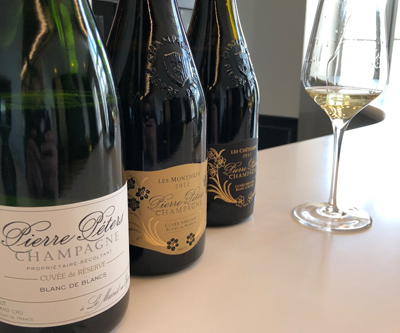
We move to taste the Cuvee de Réserve. The wine has a bit from each of the 65 parcels and this rendition is from the base of 2016. He says that he wants the wine to be exceptional because it is the wine that most people will come to know them through since it accounts for half the bottles they produce each year. Thus it receives about half the total production from the famed Les Chétillons vineyard as well as a big helping of the reserves (hence the name). He says the chardonnay from the area can be “unfriendly when young” and that they don’t want to release an austere wine, so they strive to find the “ideal balance between tight and crispy chardonnay from Le Mesnil and the smooth character of the reserves.”
And he strikes the balance flawlessly. Refreshing zippy qualities of the blanc de blancs from the top sites of Le Mesnil and the Cote des Blancs combine with the lees aging, 6g dosage, and the solera reserve to give a more yeasty, biscuity qualities for an excellent blend.
(search for Pierre Peters at retail)
Les Chétillons is a top site in Champagne. Pierre Péters owns three parcels for three hectares total, a pretty big vineyard that is also old (especially by Champagne standards) with the first vines planted in 1936 and anther set planted in 1971. The vines are almost all from selection massale, not cloned, and they are now being “touched” by shortleaf virus, so they have started a new nursery that is protected behind the construction site that is the winery. Les Chétillons wine is vinified separately in three tanks and it is a blend of the best of the three tanks, which he says is always better than the best of the individual blends (1+1+1=4, I guess you could say).
Rodolphe pointed out that even though single-vineyard, single-variety, single-vintage bottlings from small growers have recently generated a lot of excitement in the region, he cautions that with only a small vineyard block, it can be a difficult trick to pull off. “You can’t succeed every time,” he says, adding that insisting on single-vineyard bottlings can also reduce the quality of an entry-level wine.
But back to his Les Chétillons. Since 2012 was a standout vintage, and this is a superlative site, its not exactly counterintuitive to let you know that the wine was outstanding. If you are looking to introduce someone to the joys of what next-level Champagne can be, start here. If you already know the joys of champagne, get in line for a few bottles (but not at the winery since they don’t do direct sales). It is taut and nervy, loaded with chalky minerality, It is not at all piercing and certainly should be tasted now because it is jump-for-joy delicious. But the real reward, I’m sure, will come in 2025 and beyond–if you can keep your hands off it for that long.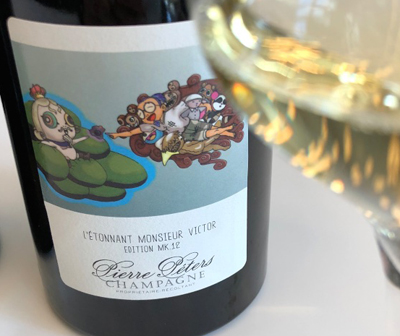
The big revelation for me was the MK 12, L’Etonnant Monsieur Victor “This wine is a selection of the best of the Chétillons plus the best of the three containers of perpetual reserve. Insane! It is like the Cuvée de Réserve but with age to make what Rodolphe says is “the very best possible nonvintage.” The label for this wine is designed by Rodolphe’s son Victor every year. This edition riffs on Michelangelo’s Sistine Chapel and it does seem touched from on high–the nervy tension of the Chétillions Chardonnay is replaced by a bit more of a creamy texture from age and the presence of the big helping of reserve wines. This wine may have a goofy label but it is dead serious!
The final wine I tasted with Rodolphe is his rosé, the Cuvée Albane. Making a rosé was difficult for Rodolphe at first, since he did not want to make simply a pink blanc de blancs: ”it had to actually taste like a rosé! So the secret for him was Pinot Meunier, specifically from his friend, J.B. Geoffroy, whom Rodolphe calls the “saignée master.”
“I fell in love with the taste, pomelo blood orange–not not dark fruits. A light in went my mind–it’s a better match with chardonnay, sweeter, softer, less about the dark and red fruit, much more apple, citrus.” Well, there you go, he cribbed my tasting note! The wine, named after his daughter, is rare but well worth seeking out.
Why rosé? Rodolphe’s Cartesian mind again comes up with a list of reason: first, it’s good to go far from your roots; second, it’s important to have a connection with the next generation; third, friendship, since making something together with another winemaker “keeps you open-minded.”
Two of those reasons could be applied to his new project in California! As some may have heard, Rodolphe is a partner in a very exciting venture in Santa Barbara. The other partners are Etienne de Montille of Burgundy and Justin Willett of Tyler and Lieu Dit. The winery project had no name yet nor have they released the first vintage commercially yet. But they have sourced grapes from Bentrock and Wenslow and purchased 45 acres of hillside vineyards on diatomaceous subsoil. It sounds like our patience will be rewarded and one day we will be able to raise a fine glass of California sparkling wine to toast the release.
